 Western Art Movements I
Art Movements
Western Art Movements I
Art Movements

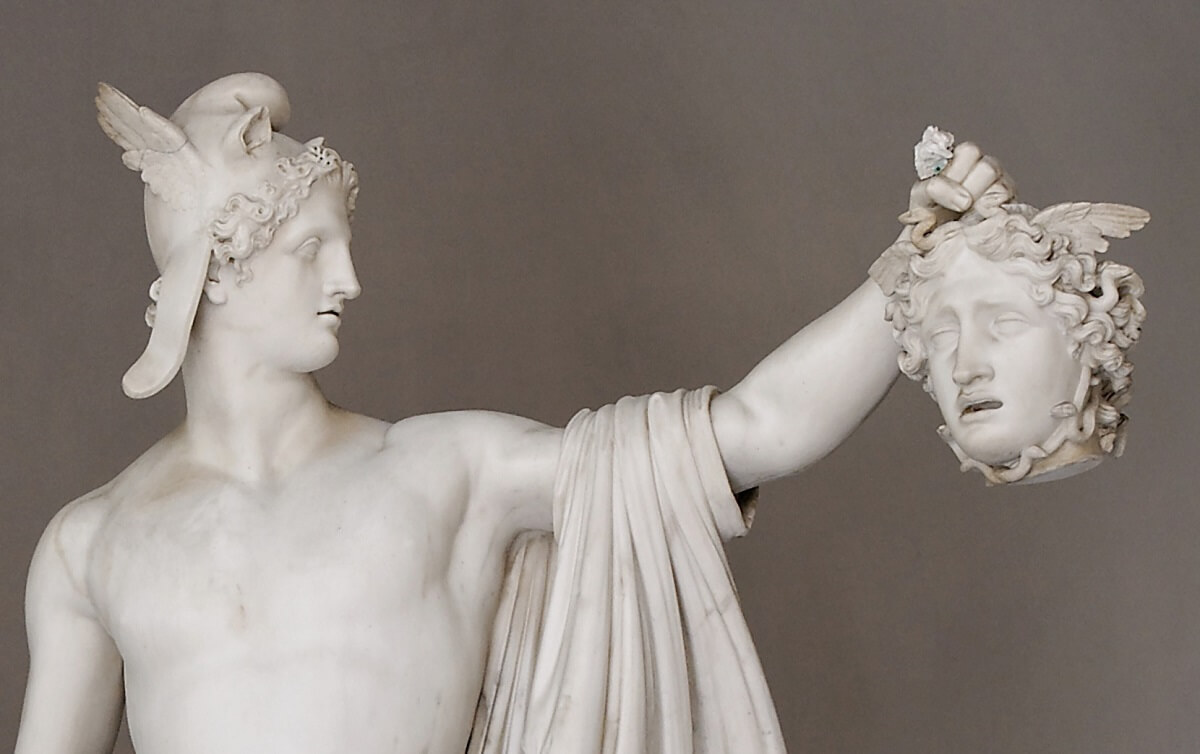
 Western Art Movements I
Art Movements
Western Art Movements I
Art Movements

Study the artwork for one week.
Over the week:
Featured Movement:
Neoclassical Movement Characteristics:
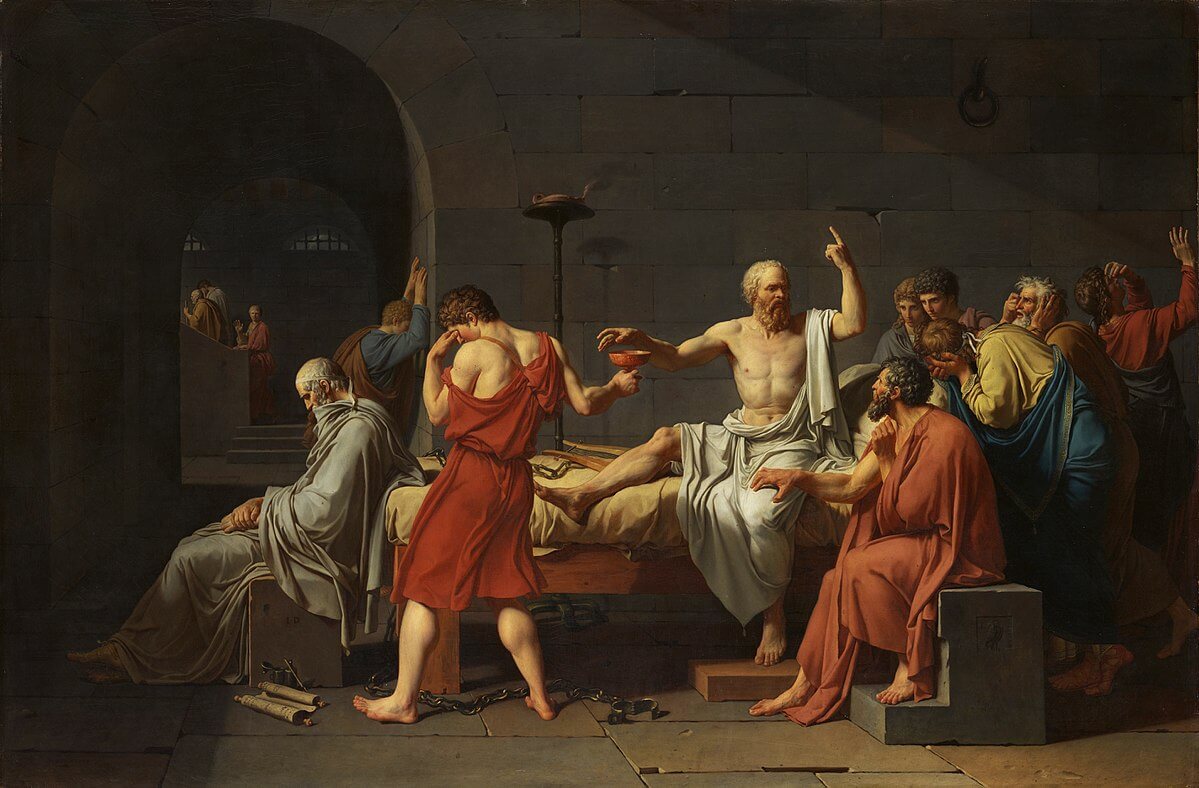
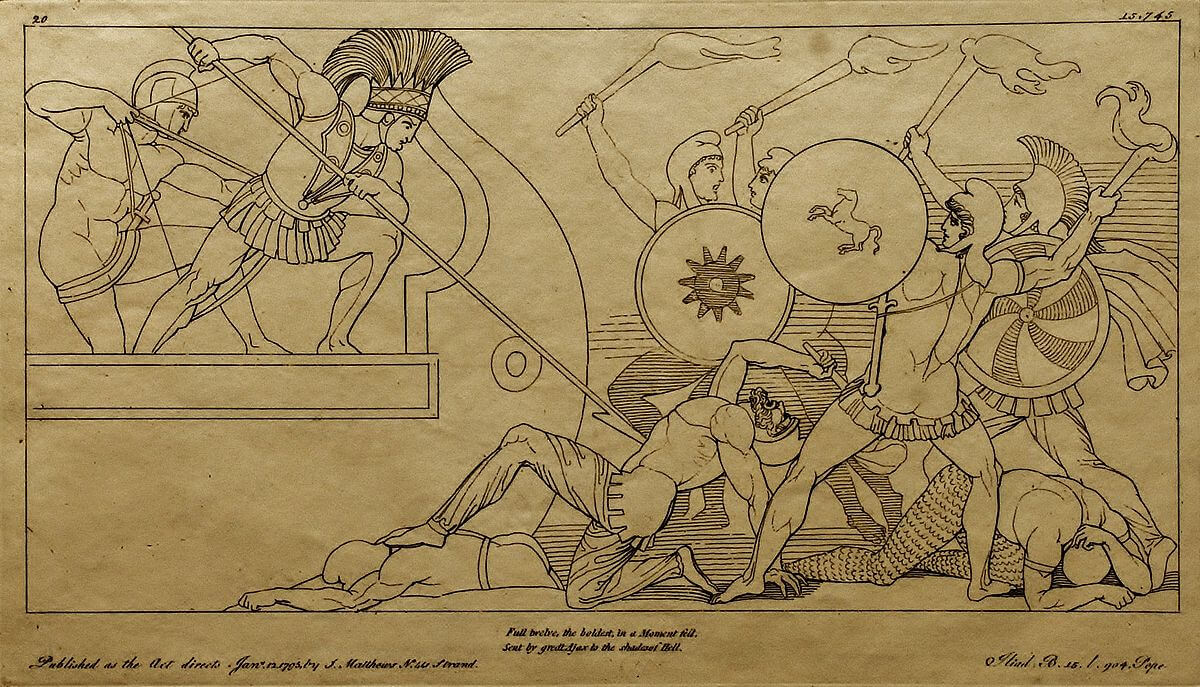
Neoclassical Movement Subjects:
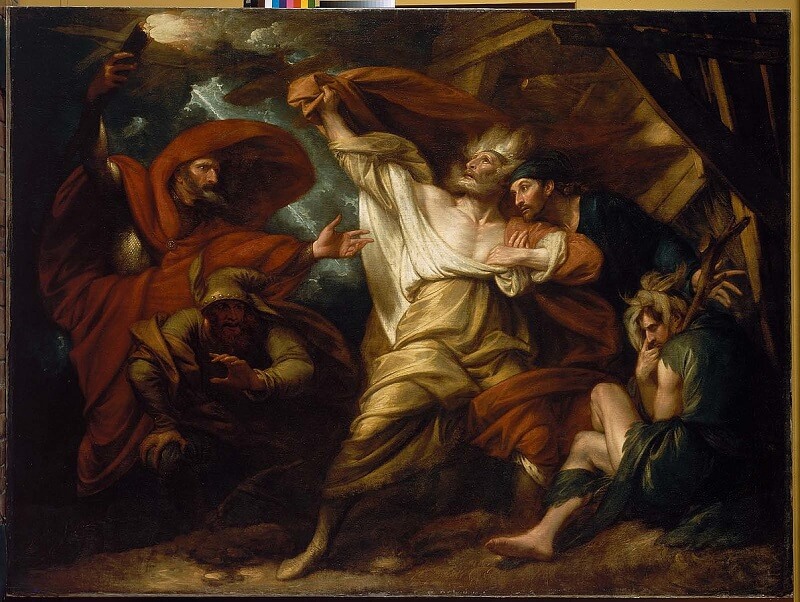
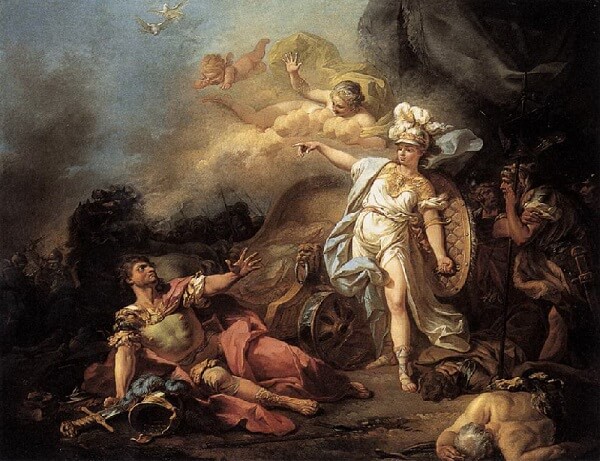
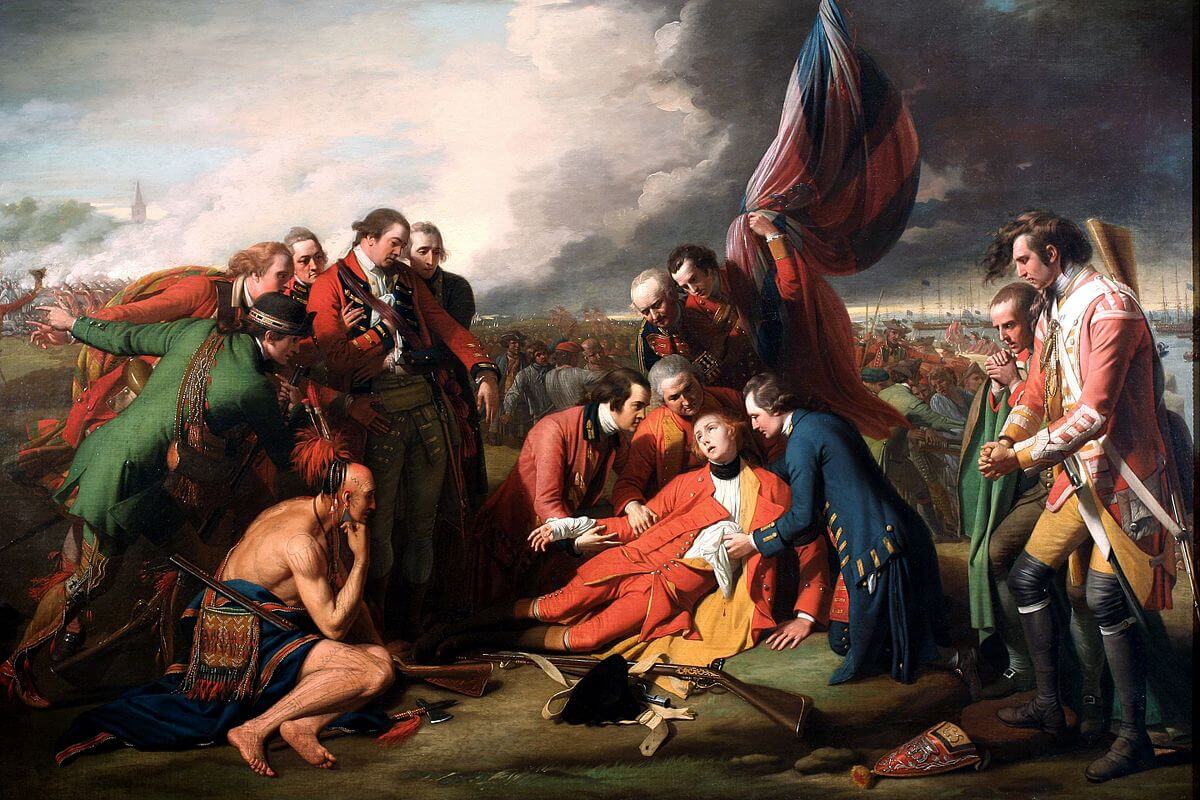
Neoclassical Architecture:
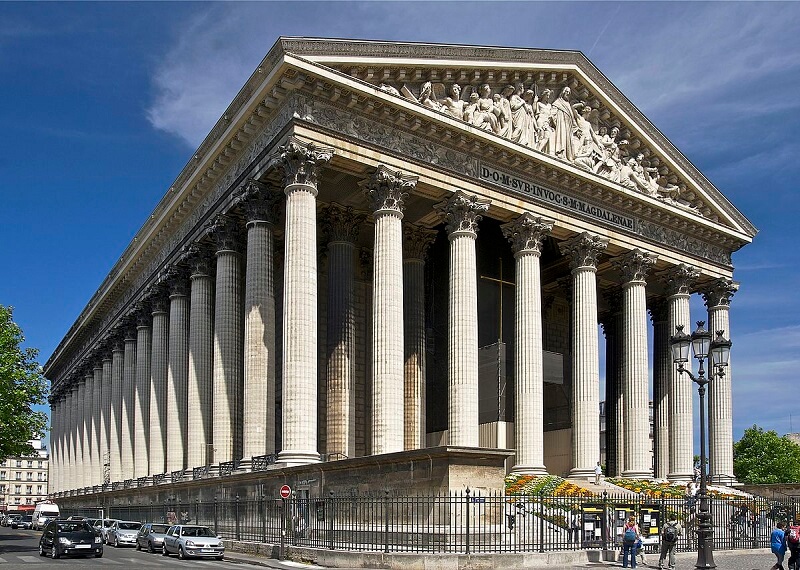

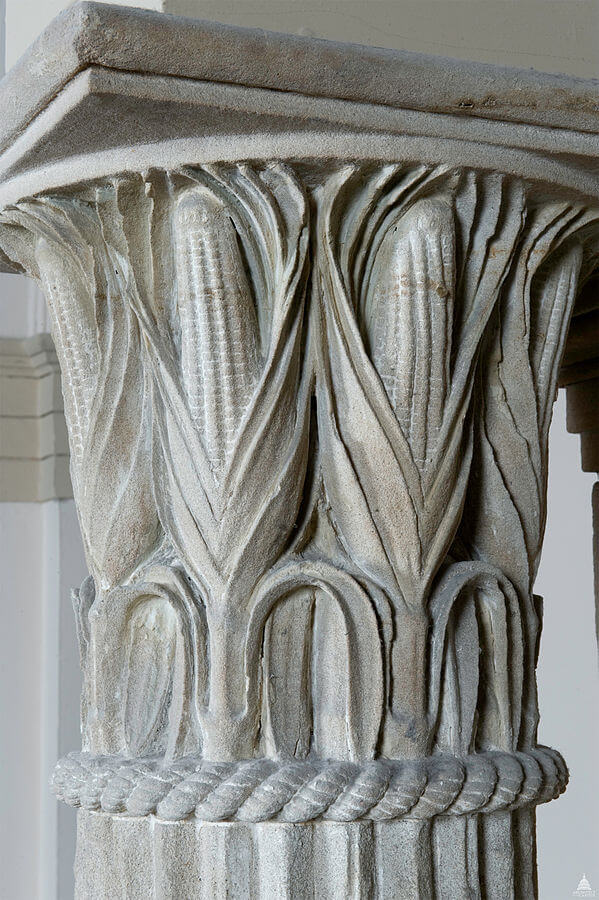
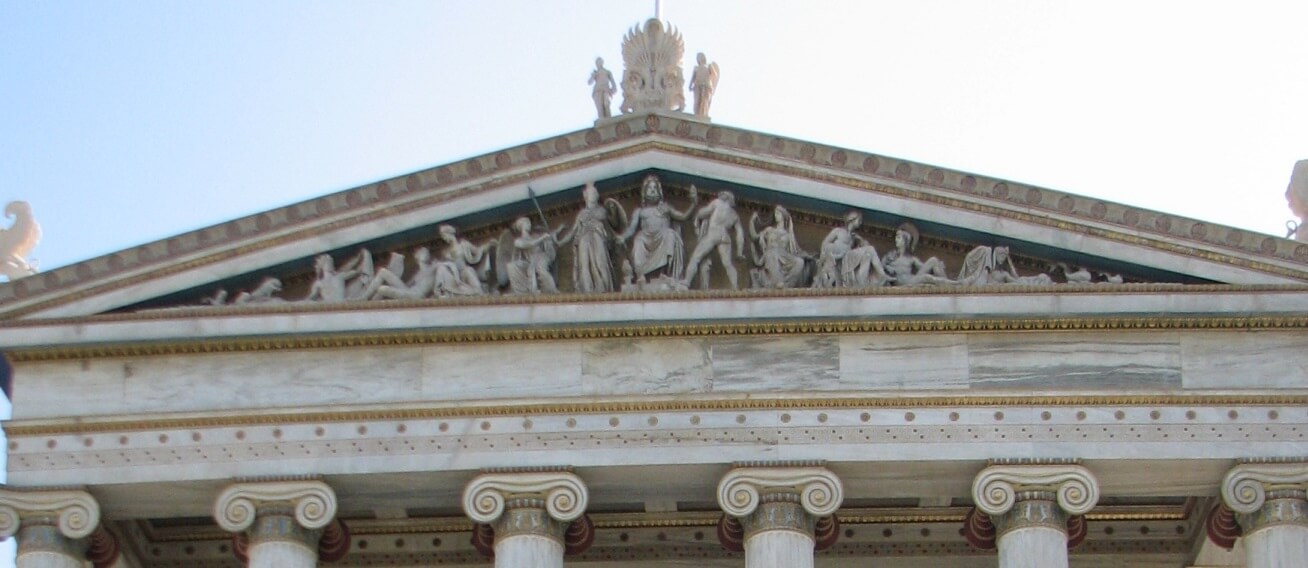
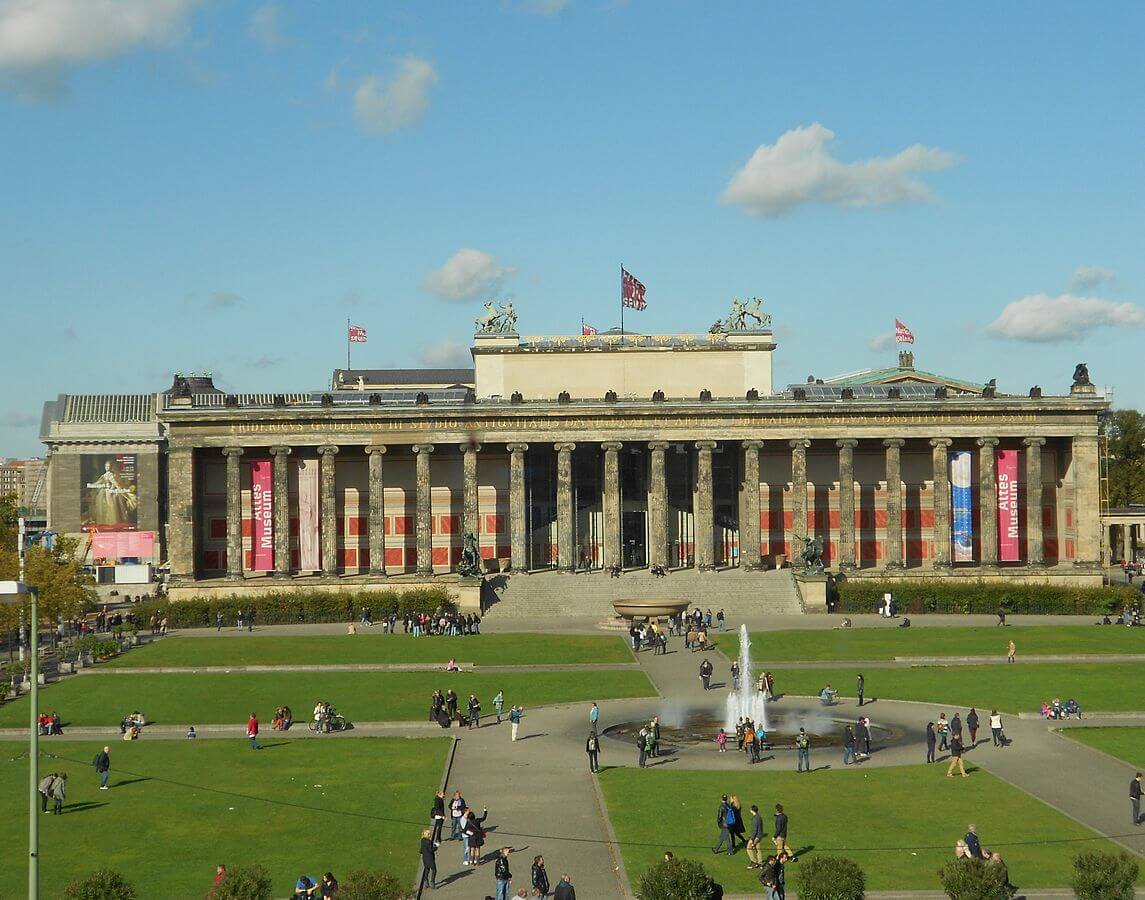
Activity 1: Can You Find It?
Find the following in the artwork:

Activity 2: Narrate the Artwork
Activity 3: Read an Excerpt from 'The Classic Myths in English Literature and in Art' by Charles Mills Gayley
When Perseus was grown up, Polydectes sent him to attempt the conquest of the Gorgon Medusa, a terrible monster who had laid waste the country. She had once been a maiden whose hair was her chief glory, but as she dared to vie in beauty with Minerva, the goddess deprived her of her charms and changed her ringlets into hissing serpents. She became a monster of so frightful an aspect that no living thing could behold her without being turned into stone. All around the cavern where she dwelt might be seen the stony figures of men and animals that had chanced to catch a glimpse of her and had been petrified at the sight. Perseus, favored by Minerva and Mercury, set out against the Gorgon, and approached first the cave of the three Graeae (Grey Sisters - that shared a single eye and a single tooth among them):

Snatching the eye, Perseus compelled the Graeae, as the price of its restoration, to tell him how he might obtain the helmet of Hades that renders its wearer invisible, and the winged shoes and pouch that were necessary. With this outfit, to which Minerva added her shield and Mercury his knife, Perseus sped to the hall of the Gorgons. In silence sat two of the sisters,—
This was Medusa. Her, while she was praying the gods to end her misery, or, as some say, while she was sleeping, Perseus approached, and, guided by her image reflected in the bright shield which he bore, cut off her head, and so ended her miserable existence.
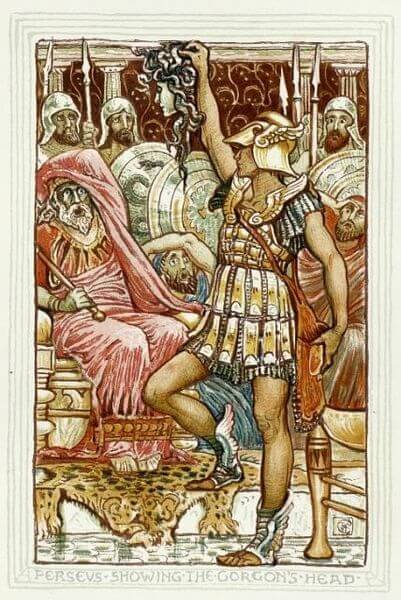
Activity 4: Classify the Artwork

Activity 5: Recreate the Artwork
